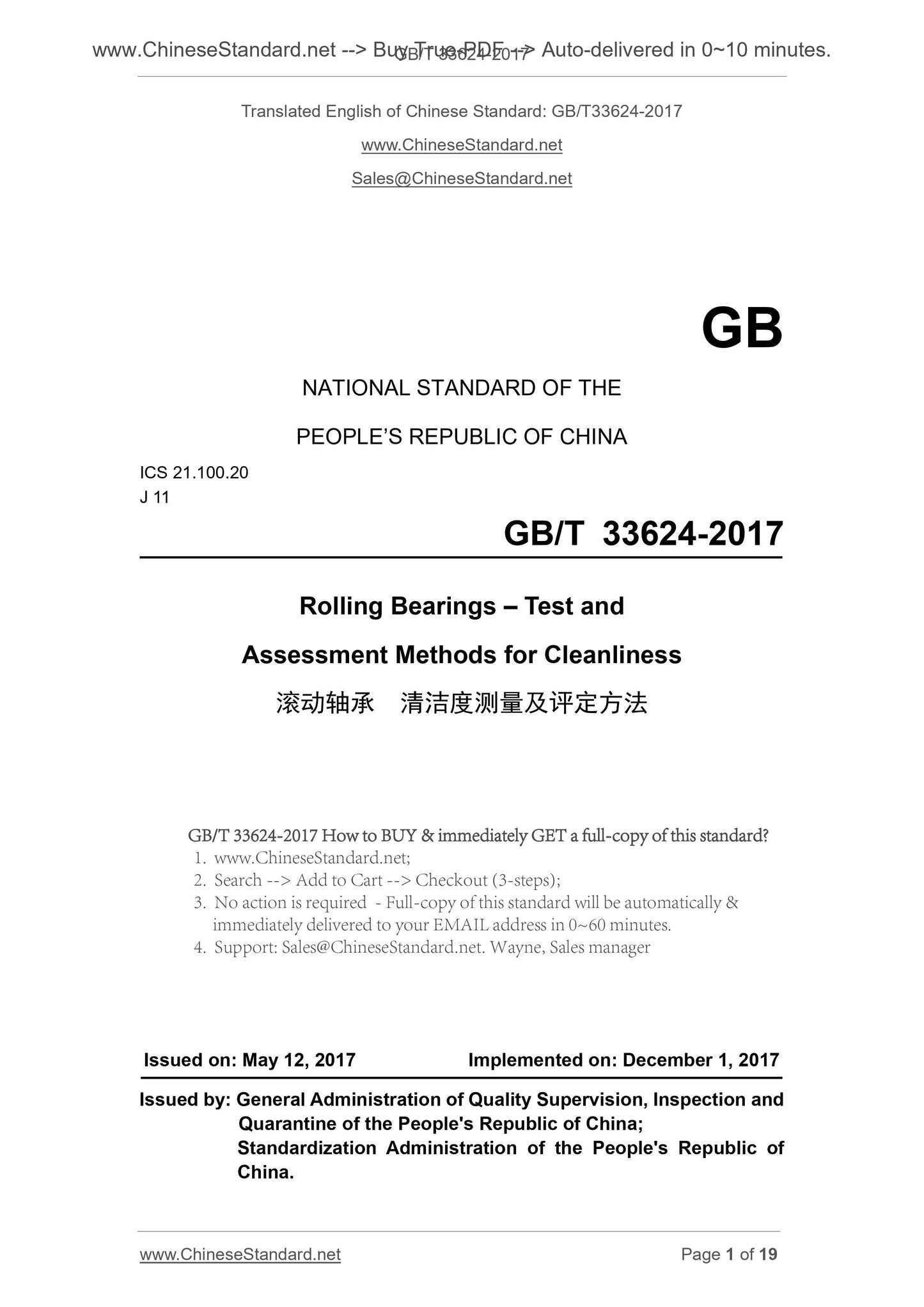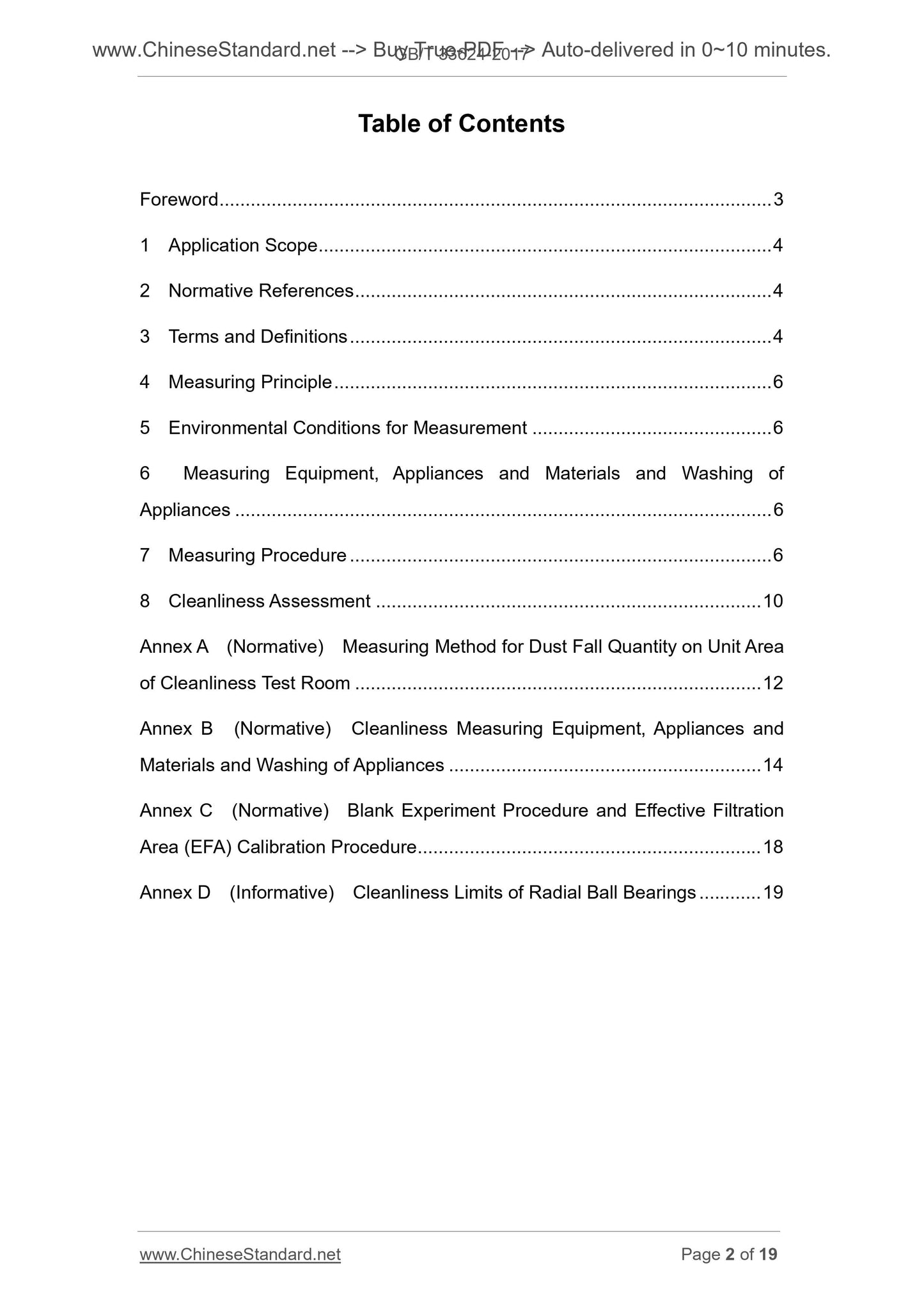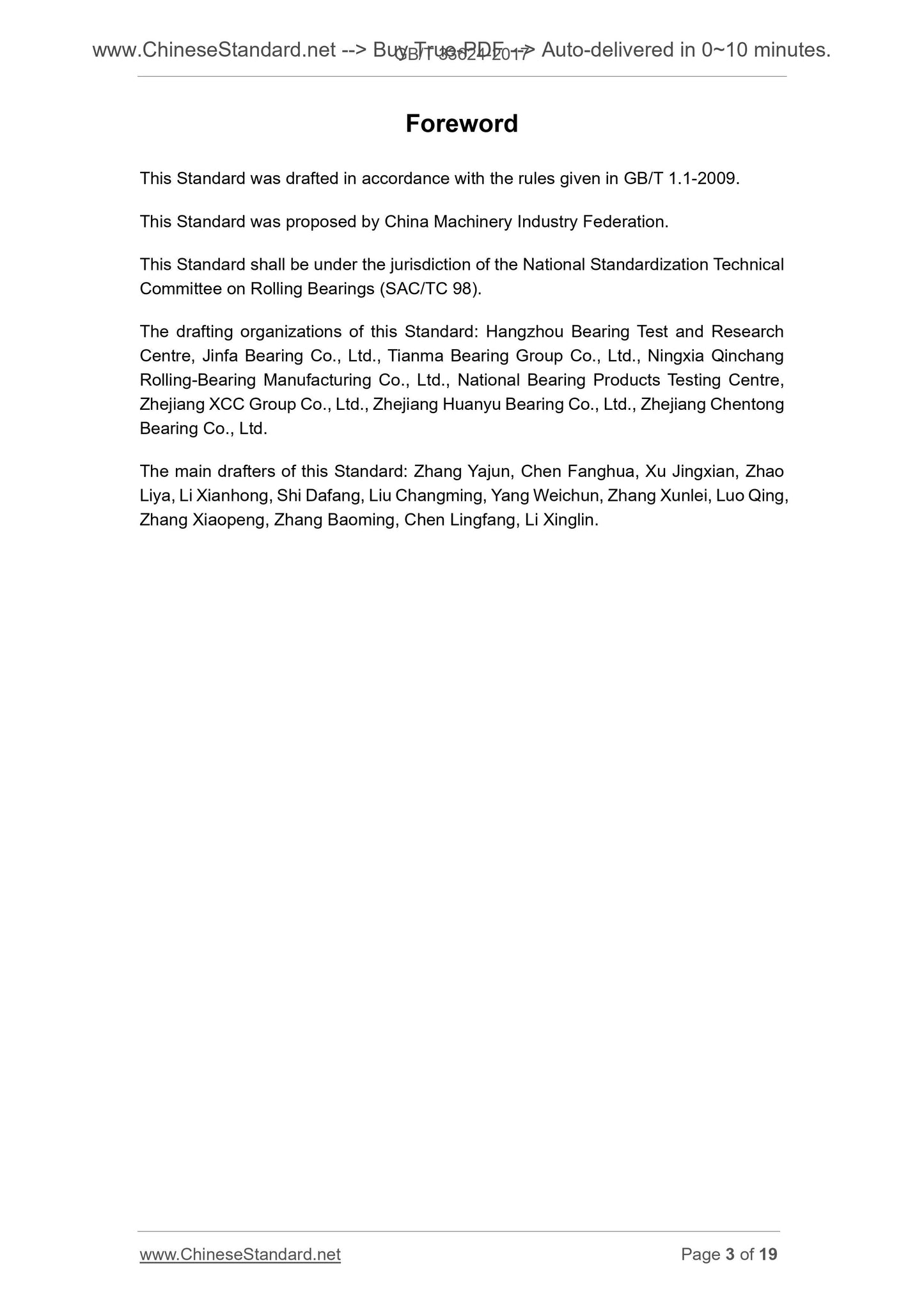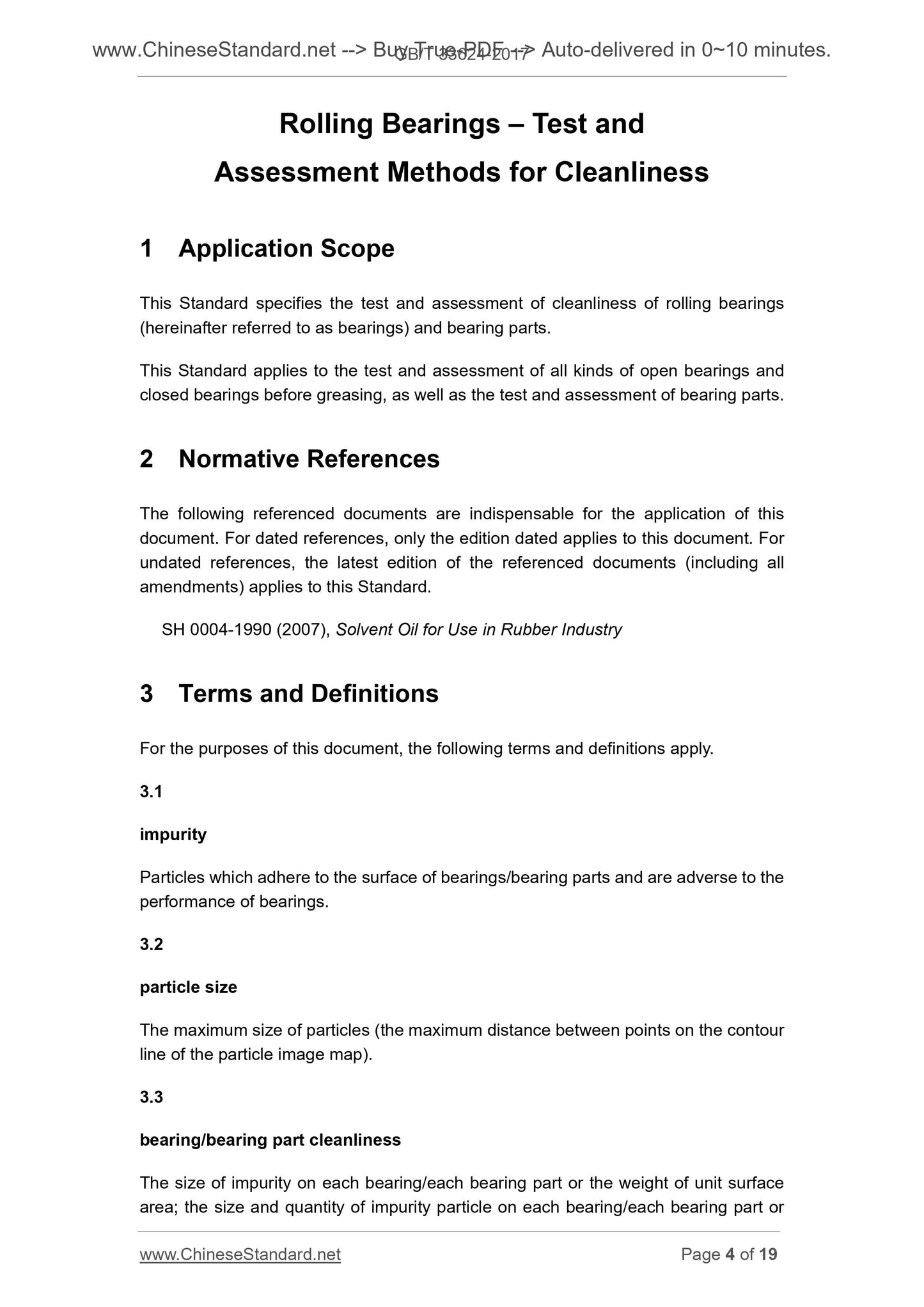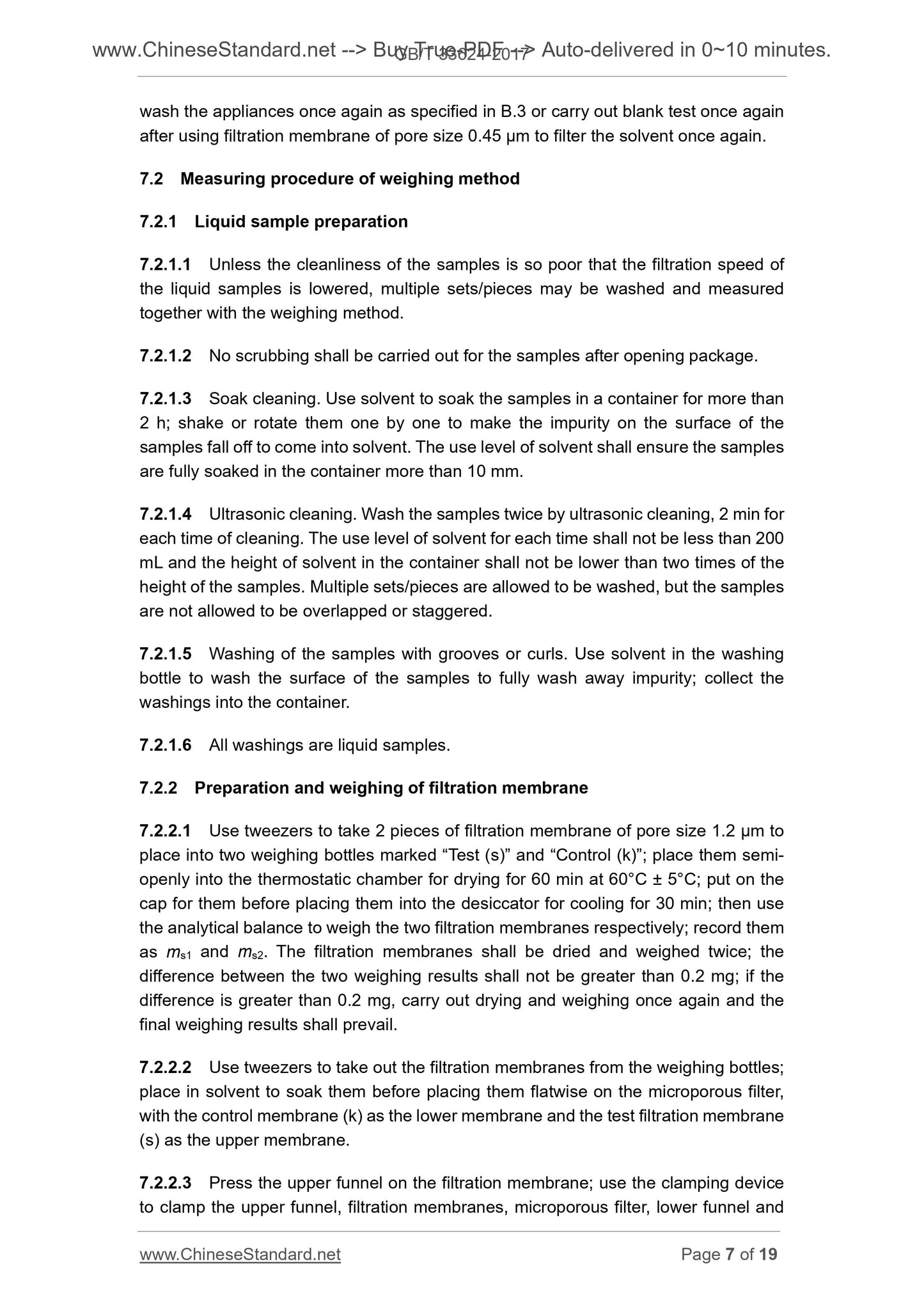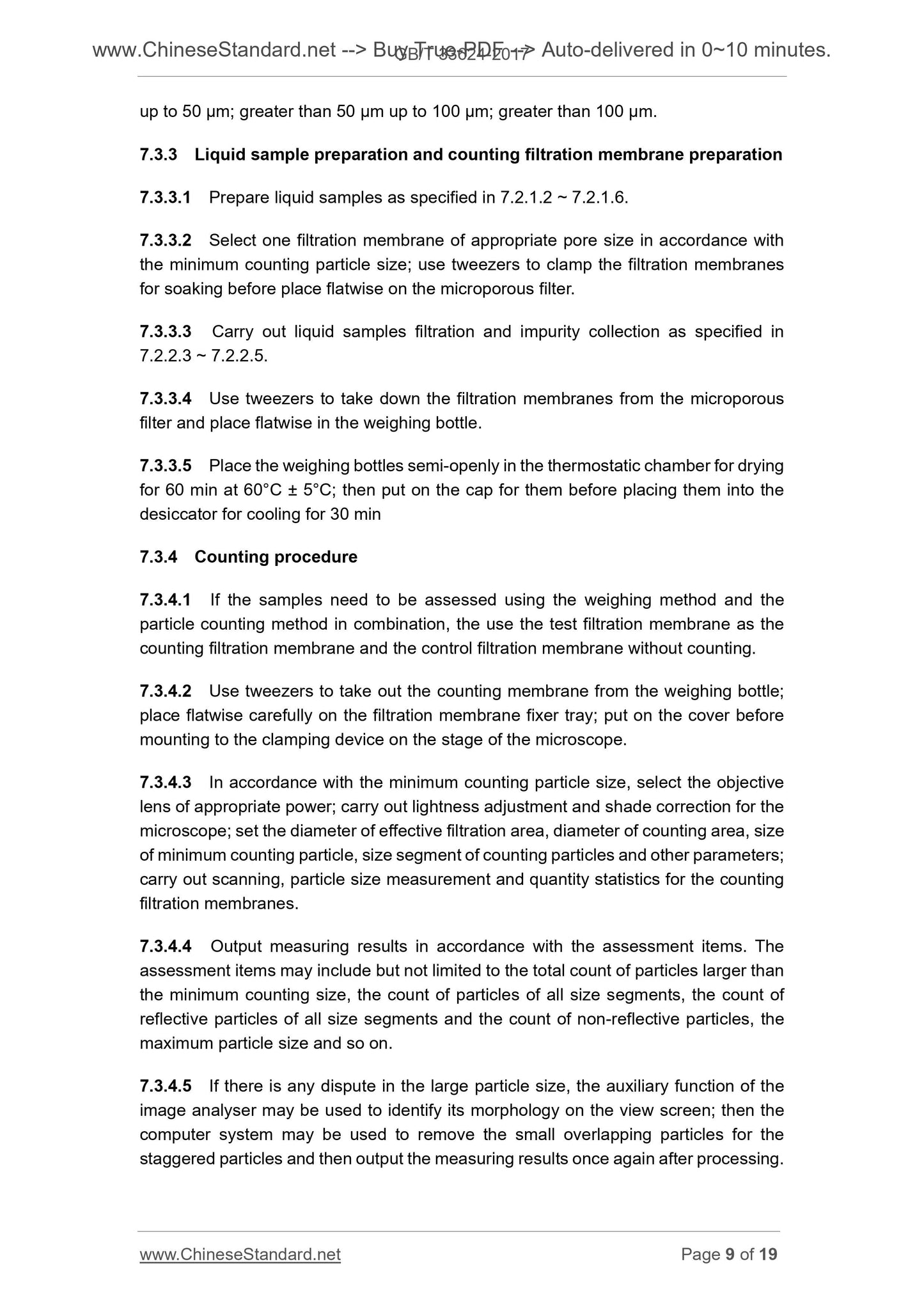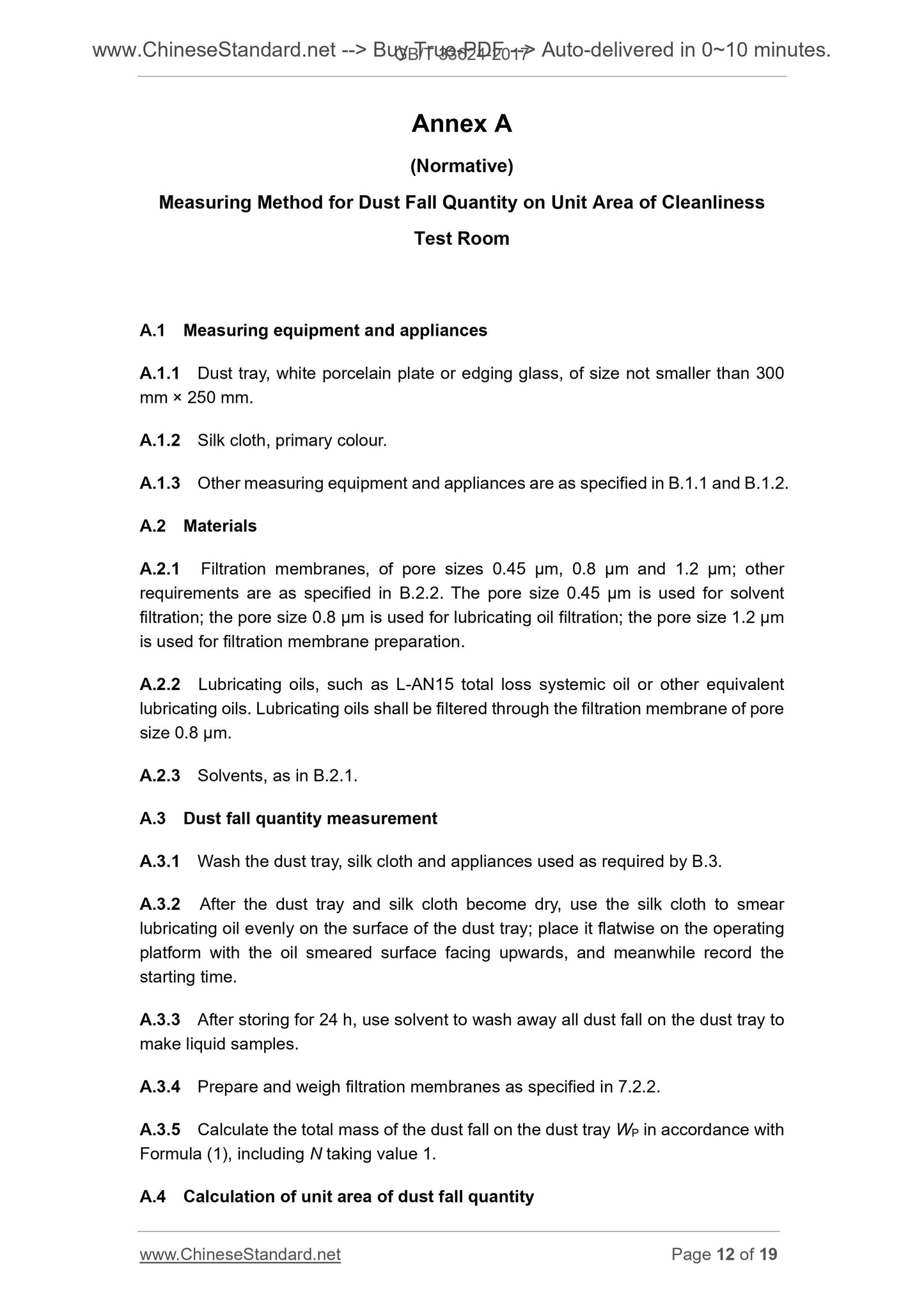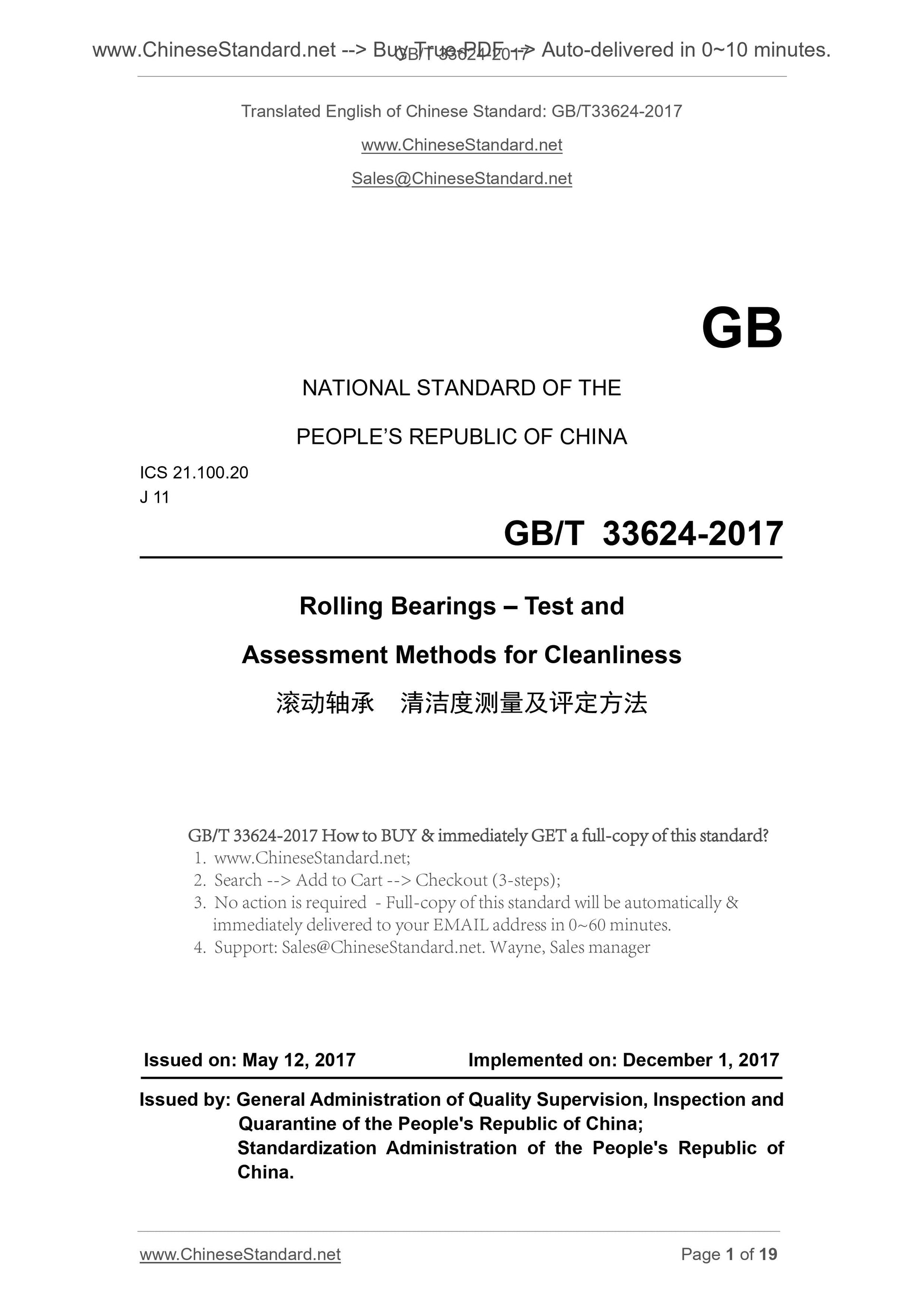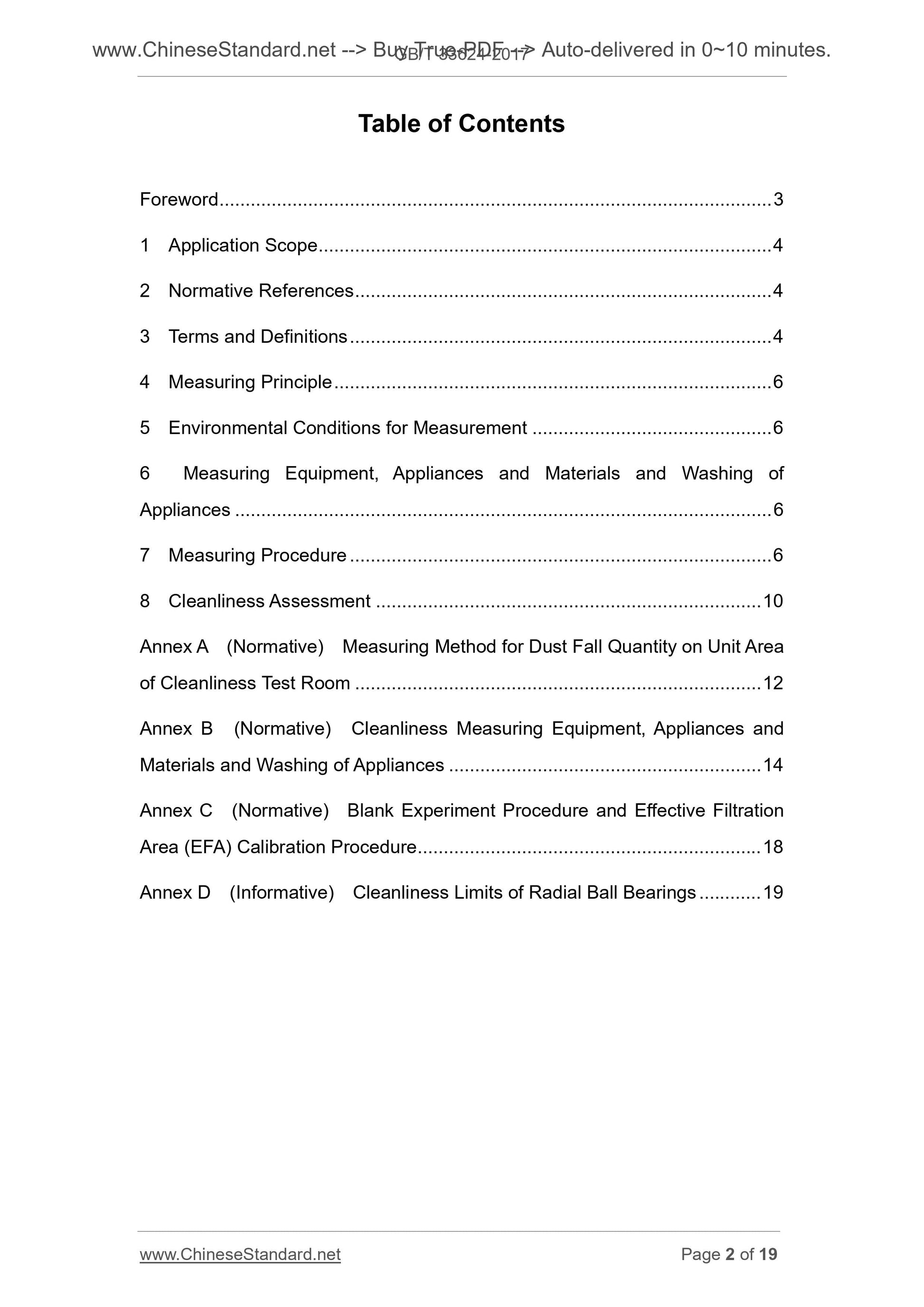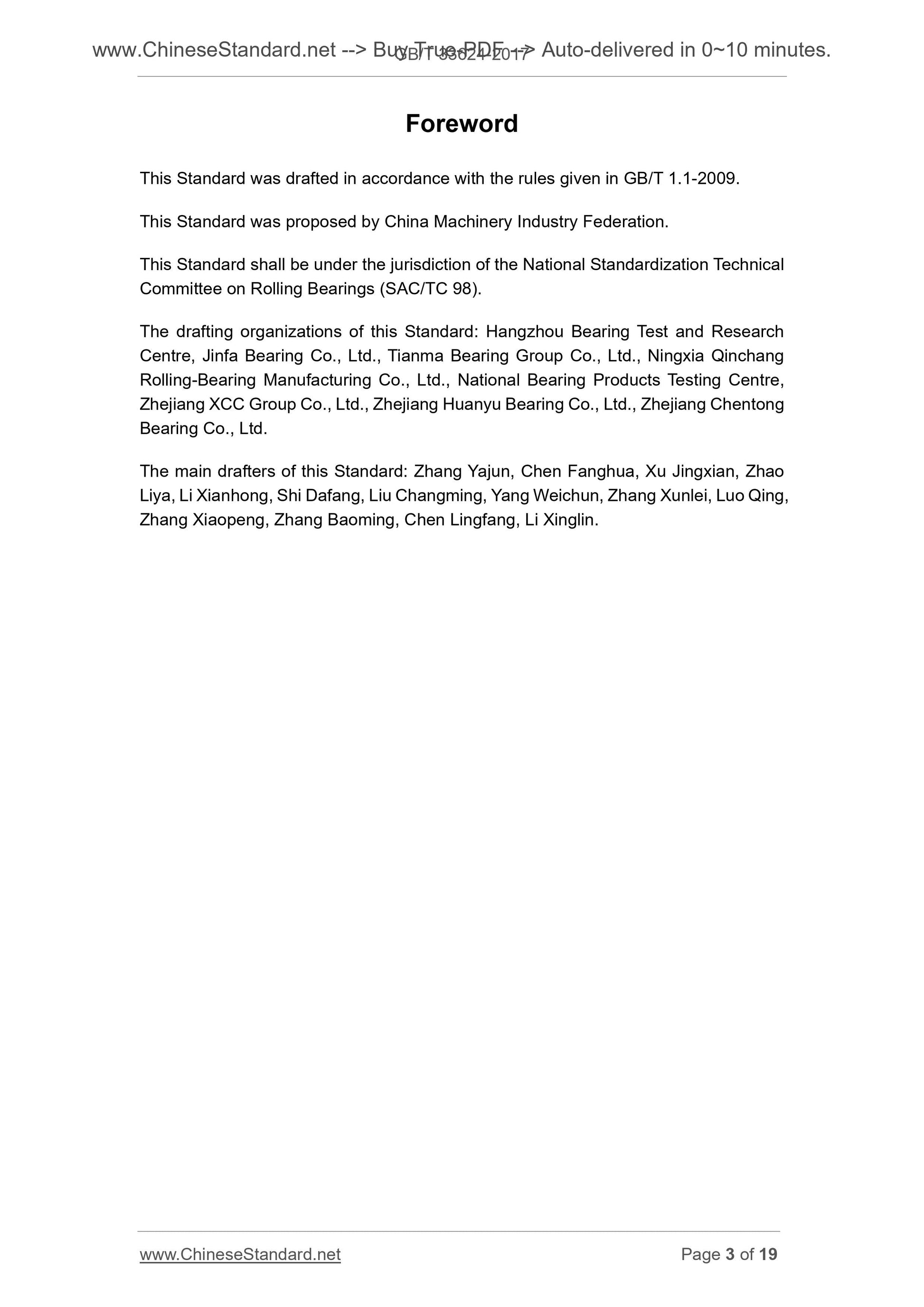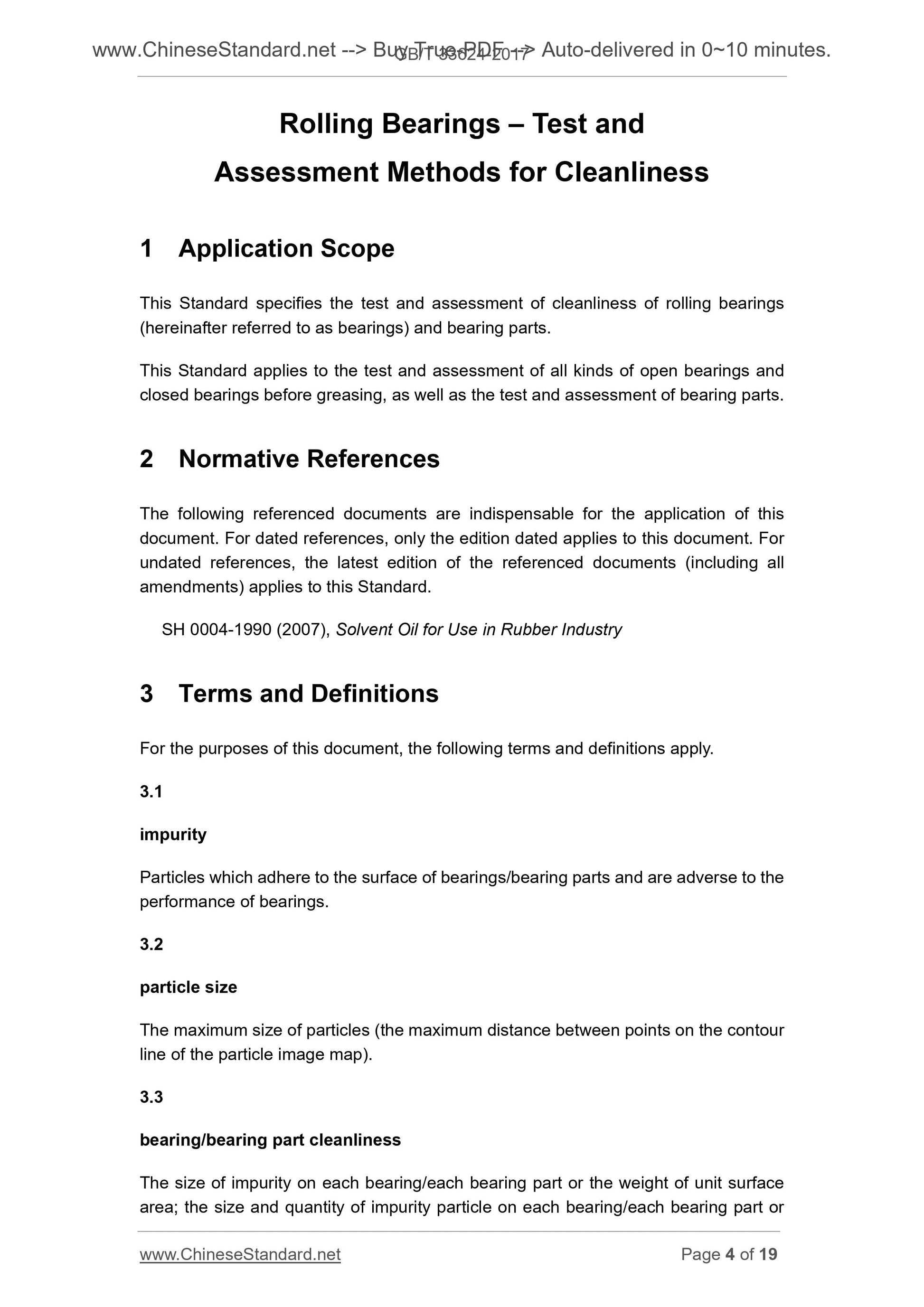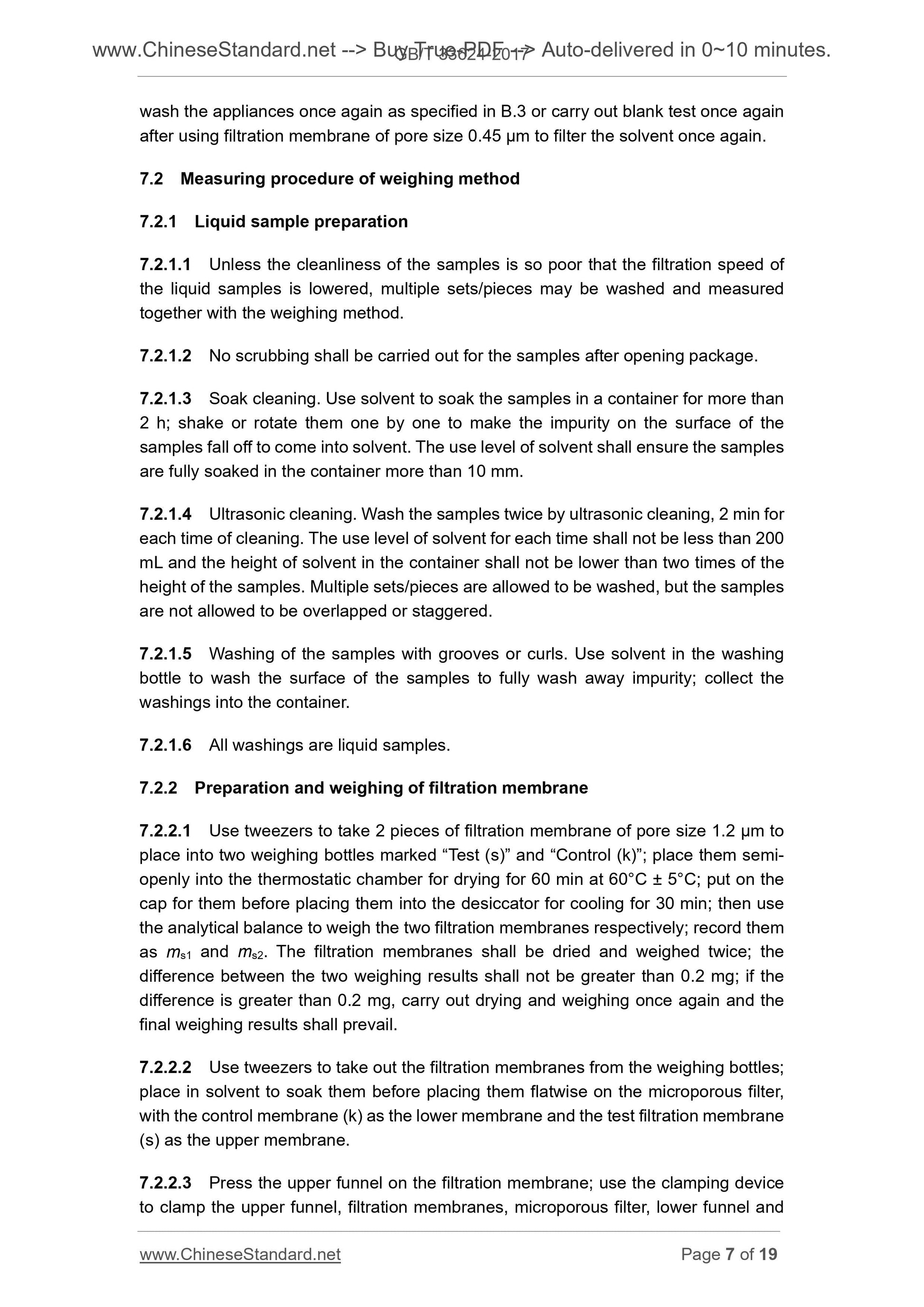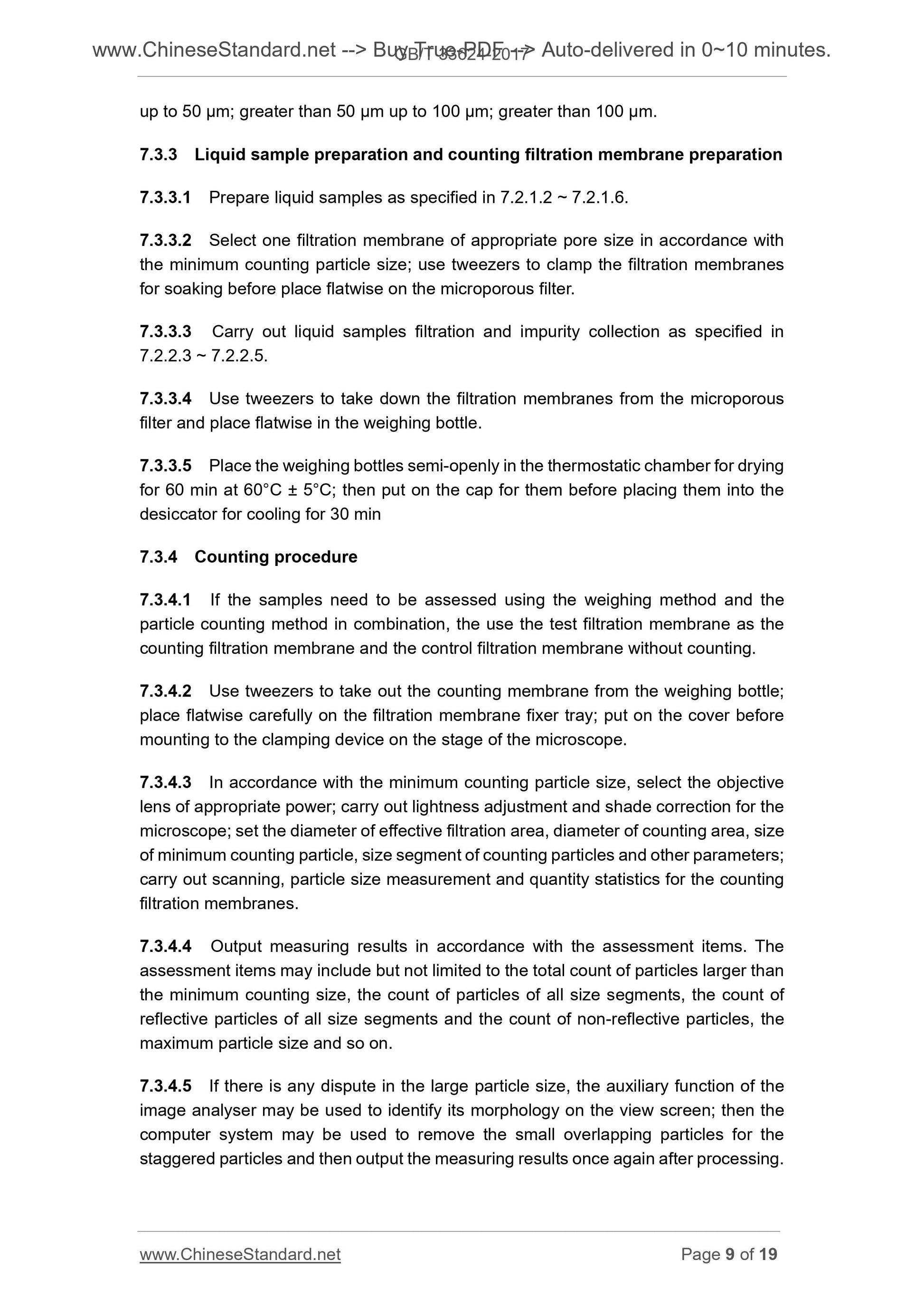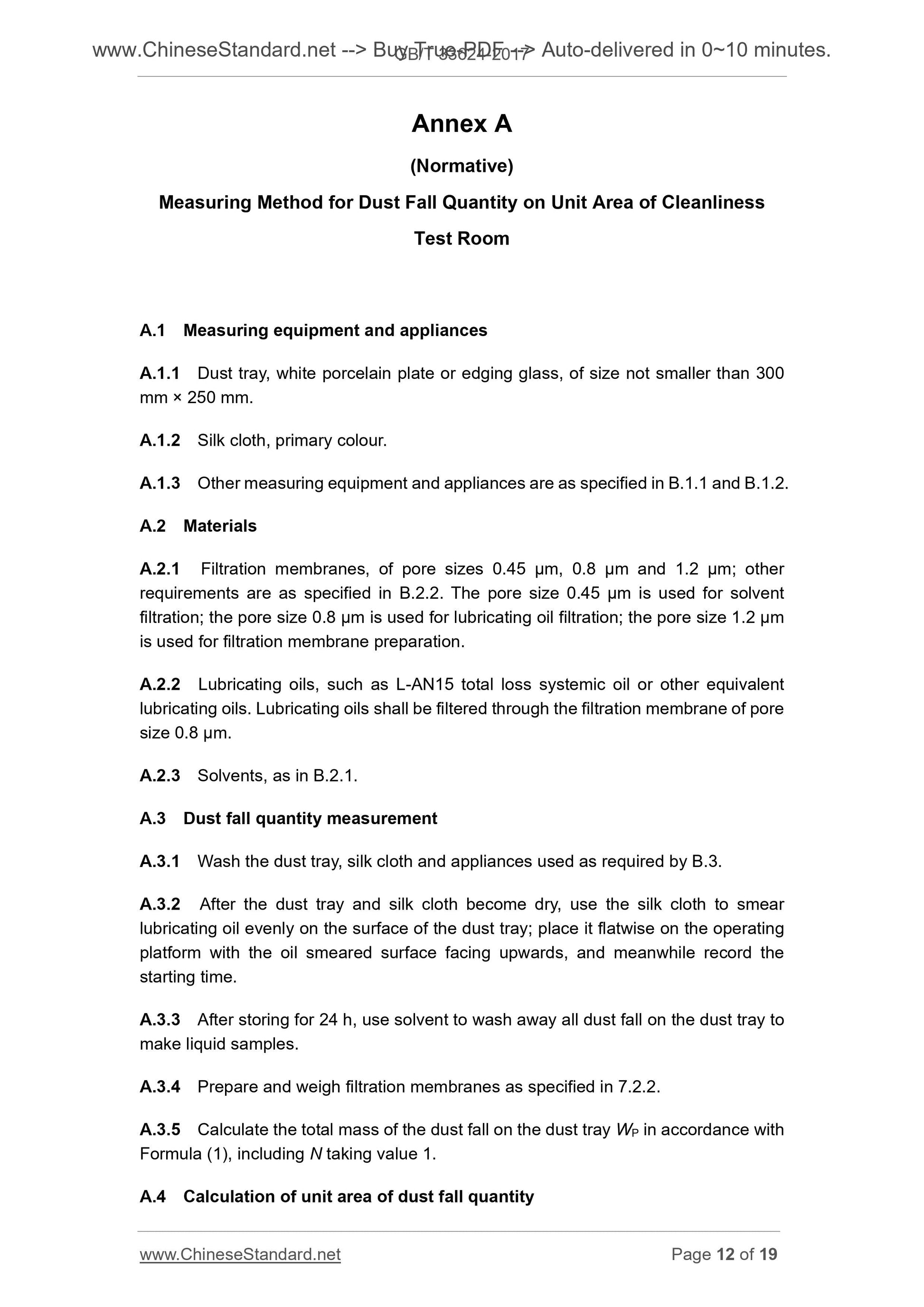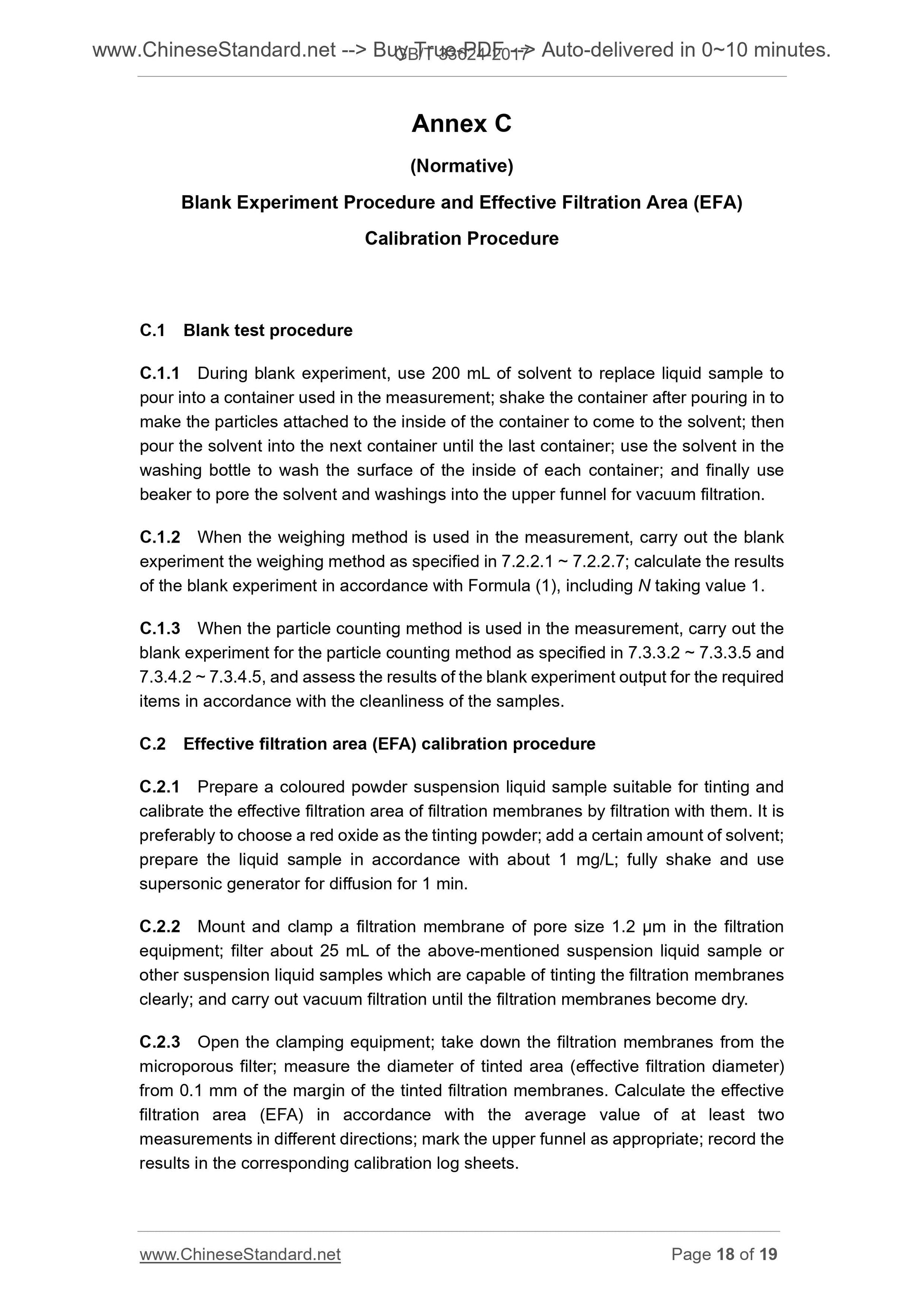1
/
of
8
www.ChineseStandard.us -- Field Test Asia Pte. Ltd.
GB/T 33624-2017 English PDF (GB/T33624-2017)
GB/T 33624-2017 English PDF (GB/T33624-2017)
Regular price
$200.00
Regular price
Sale price
$200.00
Unit price
/
per
Shipping calculated at checkout.
Couldn't load pickup availability
GB/T 33624-2017: Rolling Bearings - Test and Assessment Methods for Cleanliness
Delivery: 9 seconds. Download (and Email) true-PDF + Invoice.Get Quotation: Click GB/T 33624-2017 (Self-service in 1-minute)
Newer / historical versions: GB/T 33624-2017
Preview True-PDF
Scope
This Standard specifies the test and assessment of cleanliness of rolling bearings(hereinafter referred to as bearings) and bearing parts.
This Standard applies to the test and assessment of all kinds of open bearings and
closed bearings before greasing, as well as the test and assessment of bearing parts.
Basic Data
| Standard ID | GB/T 33624-2017 (GB/T33624-2017) |
| Description (Translated English) | Rolling Bearings - Test and Assessment Methods for Cleanliness |
| Sector / Industry | National Standard (Recommended) |
| Classification of Chinese Standard | J11 |
| Classification of International Standard | 21.100.20 |
| Word Count Estimation | 13,199 |
| Date of Issue | 2017-05-12 |
| Date of Implementation | 2017-12-01 |
| Quoted Standard | SH 0004-1990(2007) |
| Issuing agency(ies) | General Administration of Quality Supervision, Inspection and Quarantine of the People's Republic of China, Standardization Administration of the People's Republic of China |
| Summary | This standard specifies the rolling bearing (hereinafter referred to as bearings) and bearing parts cleanliness measurement and assessment methods. This standard applies to all kinds of open bearings and closed bearings before the measurement and evaluation of fat, but also for bearing parts measurement and evaluation. |
Share
